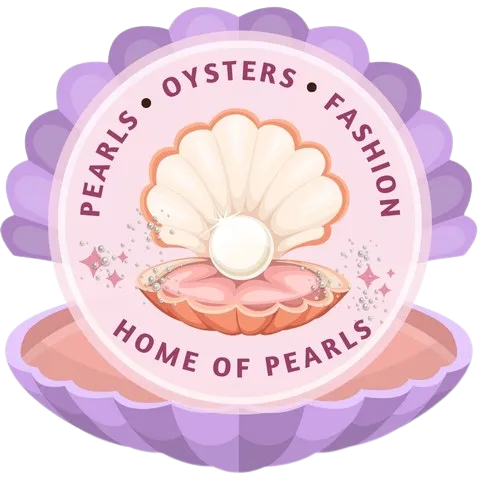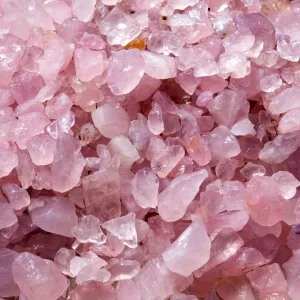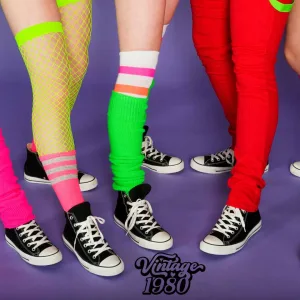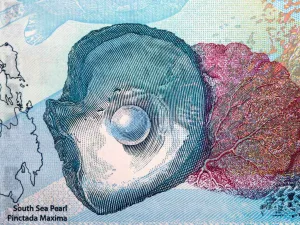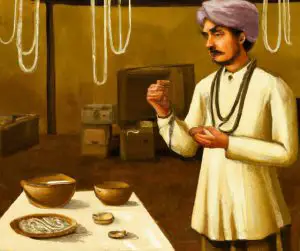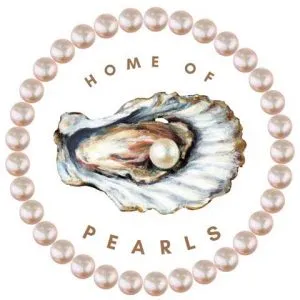Nearly everyone has heard of the Hope Diamond, but did you know there is also a Hope Pearl? It is believed to be the largest pearl in the world, and it was part of a collection of gems owned by a man named Henry Philip Hope. He is the same man that owned the Hope Diamond, a blue diamond that is more than 45 carats in size and which now sits in the Smithsonian Museum in Washington, D.C. The Hope Pearl is just as exquisite, and it’s nothing short of extraordinary.
Table of Contents
- Where Did the Hope Pearl Come From?
- Where It Was Before Henry Philip Hope
- What It Looks Like Up Close
- Where Is the Hope Pearl Now?
- Conclusion
- Reference
Where Did the Hope Pearl Come From?
Henry Philip Hope was a London banker that had a vast collection of gems, among them numerous pearls of different sizes and shapes. He died in 1839, but his legacy lives on thanks to the many jewels he acquired over his lifetime.
The Hope Pearl has an Oriental origin and weighs 3 ounces, or about 450 carats. It is roughly 2 inches in length and has a circumference of about 4.5 inches at the largest end. The color changes from one end to the other, starting with a bronze or dark-green tint at the broader end and a gorgeous white luster at the smaller end.
The Hope Pearl is a blister pearl that is now attached to a pendant setting. The setting is shaped like a red-and-gold crown and includes other types of gems, such as rubies, diamonds, and emeralds.
In fact, when you first look at the Hope Pearl, it can be difficult to decide what is the most beautiful – the pearl itself or the gorgeous colorful setting that surrounds it. If someone does ever acquire the pearl, they’ll automatically be able to wear it as a necklace.
Where It Was Before Henry Philip Hope
Henry Philip Hope purchased the pearl around 1795. When he died in 1839, a catalog of his vast gem collection was published by Bram Hertz, and the Hope Pearl was in there.
Before that, it is believed that it was owned by Tavernier, who was a 17th-century French gem merchant. After that, it was sold to King Louis XIV around 1670 before being sold to Hope. The truth is, we don’t know the exact origin of this extraordinary pearl, but we do know that it likely would be worth hundreds of thousands of dollars, and maybe more, if it were sold today.
What It Looks Like Up Close
If you’re curious about what makes any pearl a specific color, consider this: the color of a pearl comes from its overtone, iridescence, and its body color. The Hope Pearl’s main body is white with an overtone of silver, and this color combination is found in most of the pearl’s body.
At the broader end is an overtone that looks to be either bronze-colored or a greenish-gold color. It is assumed that the pearl looks like this because of its thickness, which includes a number of layers of nacre, as well as its Oriental origin, which contributes to its iridescent and shimmering qualities.
There’s no doubting the fact that the Hope Pearl is absolutely stunning and unique. It is a baroque pearl, which means it isn’t a traditional shape, and this is part of its uniqueness and charm.
At first, the pearl sat in the South Kensington Museum in England, but in 1886 it was sold at Christie’s, where it fetched a price of nearly $11,000, a lot of money for the late 1800s. There’s no telling how much the pearl would be worth today. And while Henry Philip Hope was the owner of this amazing pearl, he actually had more than 100 natural pearls in his collection.
Where Is the Hope Pearl Now?
In 1908, the Hope Pearl was purchased by the House of Garrard in London, but it was later bought by Mohammad Mahdi Al-Tajir at a jewelry store in Paris. He paid $200,000 for the pearl, but it is now in a private collection somewhere.
In between these purchases, the Hope Pearl was shown at The London Natural History Museum. It is hoped by many people that the person or organization that owns the Hope Pearl now will one day be put on display so that more people can enjoy its beauty.
Conclusion
The Hope Pearl is an amazing 450-carat pearl that is a natural Baroque pearl roughly 2 inches in length. It is attached to a pendant shaped like a crown and contains other jewels. The color of the Hope Pearl ranges from a dark greenish-copper color at one end to a beautiful shimmery white color at the other end.
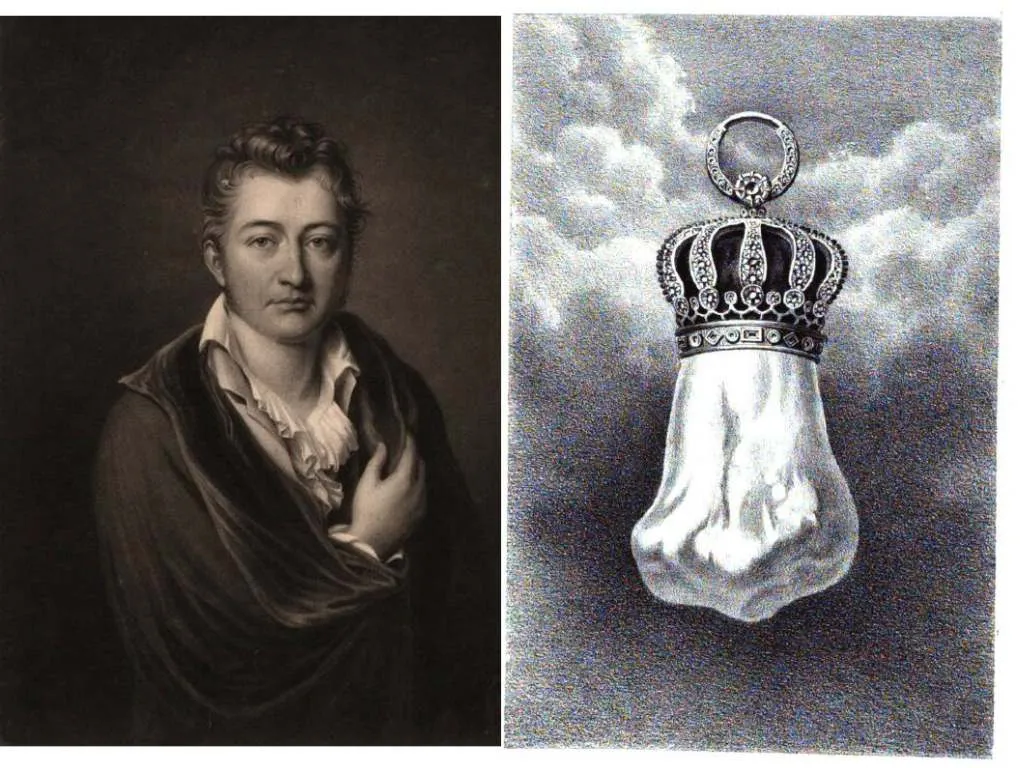
Henry Philip Hope and the Original Image of the Hope Pearl (image plate)
Henry Philip Hope owned the pearl until his death in 1839, and he was also one of the owners of the Hope Diamond, which now sits in the Smithsonian Museum. The Hope Pearl is currently in a private collection.
Reference
Hope, H. Philip., Hertz, B. (1839). A catalogue of the collection of pearls and precious stones formed by Henry Philip Hope, esq.. London: Printed by William Clowes and Sons.
